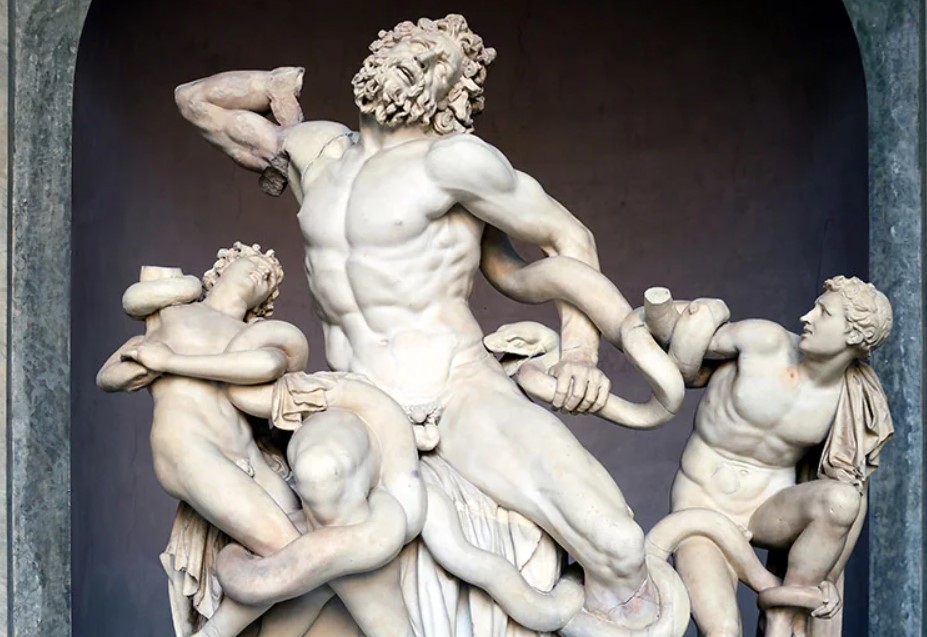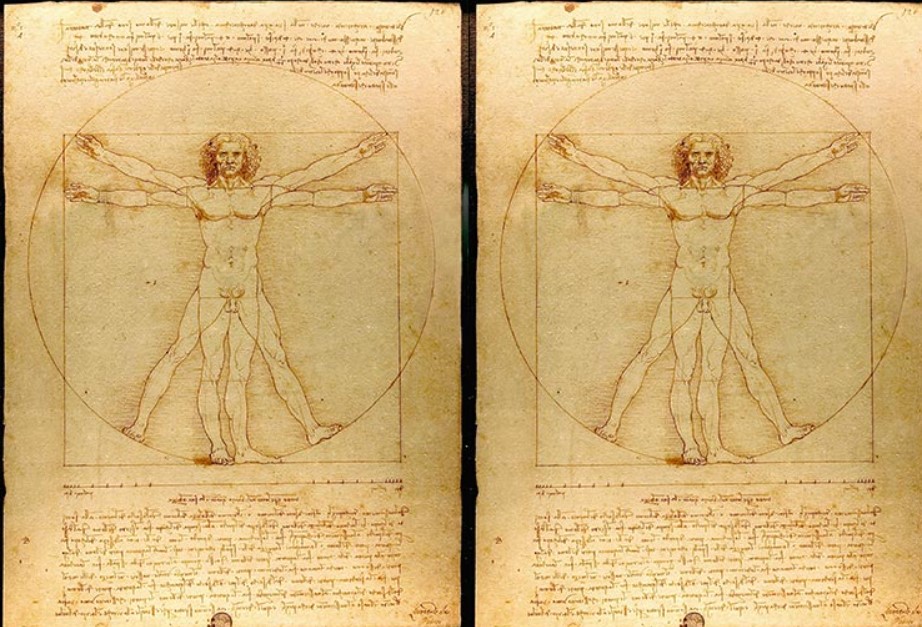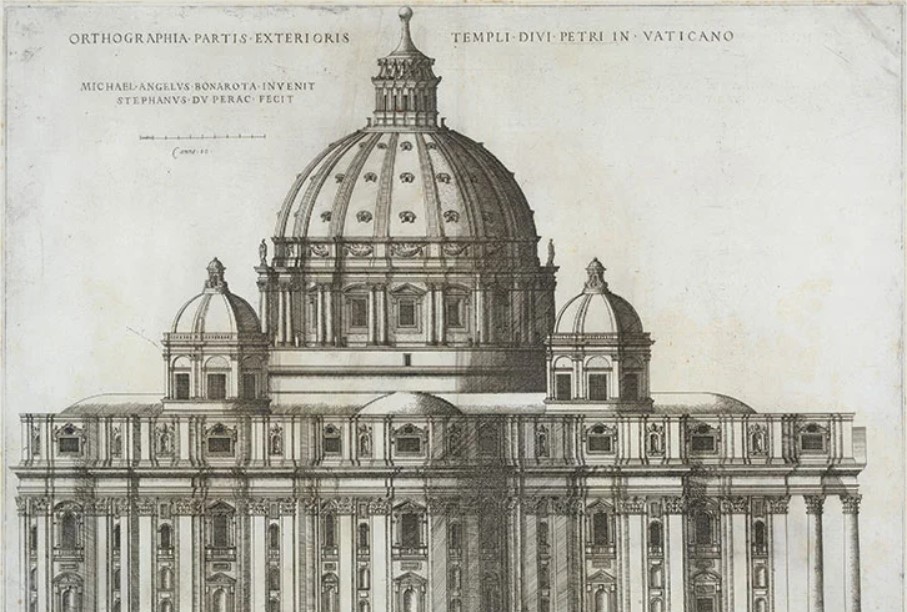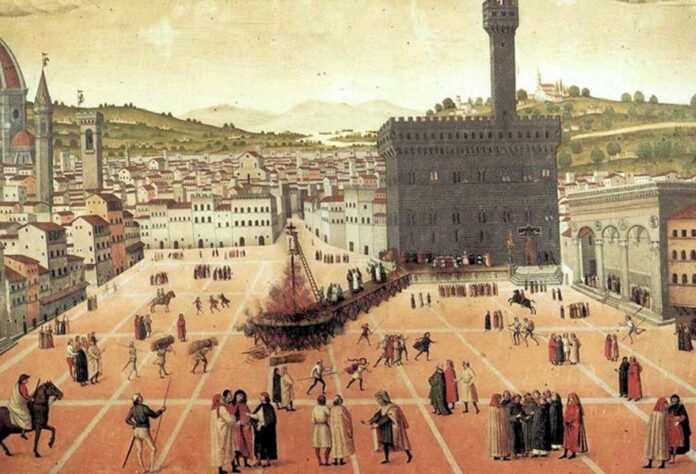The Renaissance has been recognised for a long time as one of the most important periods in European history. This is due to the prolific output of magnificent artwork, compelling literature, and new philosophical concepts that emerged during this time period, all of which continue to have an impact on audiences today.
It took place during the 15th and 16th centuries and was responsible for pulling Europe out of the so-called “Dark Ages” and towards the Enlightenment.
This was accomplished by a return to more traditional values that caused the world to change. Italy, a small country in the Mediterranean with a long and famous history, is where the Renaissance had its start, despite the fact that its effects were felt across the globe.
From its significance in the ancient world to the part played by the Vatican City, Rome played an important part in the development of the Renaissance.
1. It Had Been The Heart Of The Roman Empire
One of the most important characteristics of the Renaissance was its substantial resurrection of the aesthetic and philosophical aspirations of antiquity, notably those of Ancient Rome and Ancient Greece. This was one of the most important aspects of the Renaissance.
Therefore, there is no place more appropriate to get started than the historic heart of the Roman Empire. The landscape of Italy was still strewn with the crumbling temples, sculptures, and frescoes that were remnants of the country’s great past.
This provided artists working throughout the Renaissance period with a wide variety of clear and immediate models on which to base their work.

Michelangelo and other painters were able to gain new perspectives on the human form as a result of the frequent discovery of priceless statues from antiquity that were buried in Italy during this time period.
He was there in 1506 during the excavation of Laocoon and his Sons, a monumental sculpture that had been shown in the palace of Emperor Titus at one point and was most likely constructed between the years 27 BC and 68 AD.
Michelangelo was granted exclusive access to examine it, and he found that it served as an instructive model for illustrating the human body and its muscles in ways that did not always convey power.
Also Read: When Was Marco Polo Born?
2. Extensive Scholarly Activity Recovered Vital Ancient Works
Although it was located in the centre of the former empire and preserved many of its physical works, many of the empire’s inventive documents had been lost to time. This left a significant part of the Renaissance unexplained. For many of them to reappear in Italy after the fall of another major empire, that empire had to fall as well.
The Byzantine Empire was severely weakened by the Fourth Crusade in the 13th century, and the Ottomans were able to capture Constantinople in 1453.
During this time of upheaval, a large number of Byzantine intellectuals were dispersed over northern Italy, taking with them a wealth of classic manuscripts that had been carefully stored in their libraries.

Italian humanists then began scouring abbey libraries for copies of previously lost literature. Boccaccio found important works by the Roman historian Tacitus at the library of Monte Cassino near Rome, and Poggio Bracciolini searched monasteries in Switzerland, France, and Germany for similar treasures.
The lost Institutio oratoria of Quintilian was recovered in its entirety at the monastery of St. Galen, and a collection of Cicero’s orations was unearthed and returned to Italy from the abbey of Cluny in 1414.
It is possible that notorious political tracts like Machiavelli’s The Prince owe a debt to the renewed interest in human thought and conduct sparked by the rediscovery of these writings. Leonardo da Vinci’s Vitruvian Man, one of the world’s most famous works of art, was inspired by Vitruvius’s recently found writings on architectural and bodily perfection.
Read More: Where Was Ruby Bridges Born?
3. Its City-States Allowed Art And New Ideas To Flourish
When the Roman Empire fell, Italy was split up into small independent nations, each ruled by a different powerful family. Family names like the Aragons of Naples, the Sforzas of Milan, and the Medicis of Florence come to mind.
Florence is commonly regarded as the birthplace of the Renaissance because of the Medici family’s outsized influence in the city’s artistic and cultural flourishing. The Medici family became prominent benefactors of Italian art after founding the Medici Bank in 1397.
Both Pope Leo X and Pope Clement VII, both members of the Medici family, commissioned works from Raphael and Michelangelo; the latter painted the Sistine Chapel at Clement VII’s request.
While the Medicis and other patrician families were not nobility, they were still seen as popular among the general public. Other merchant families were also granted substantial authority and influence, which extended to the administration of banking, shipping, and commercial legislation.
This resulted in civilizations where ideas and cultures could move far more freely than they could under the closed monarchical and aristocratic institutions of northern Europe. The great Italian city-states were fiercely competitive with one another, each striving to outdo the others in terms of architectural splendour and artistic prowess.
4. Vast Trading Links Encouraged Cultural And Material Exchange
Due to its strategic location on a peninsula in the Mediterranean Sea, Italy quickly rose to prominence as a centre for international trade and cultural exchange. Every day, merchants from all over the world passed through Italy’s ports, bringing with them new cultural influences that they shared with locals in the shops and taverns they visited.
Besides regular service from England and Scandinavia, Venice and Genoa were the final stops for trade routes that originated as far away as China and the Middle East. As a result, not only did the city-states and its merchant classes become enormously affluent, but a diverse range of civilizations came together in a single space.
The sales of pigments—a key ingredient in the Renaissance painters’ paints—were among the most tangible of these. Pigmented commodities, such as verdigris (green from Greece) and lapis lazuli (blue from Central Asia), were mostly imported through Venice.
As a result of having such a wide variety of pigments at their disposal, artists of the Italian Renaissance were able to experiment with bold new hues, producing the vivid works that have come to symbolise the period.
5. The Vatican Was A Rich And Powerful Patron
By having its headquarters in Rome, the Vatican brought enormous power and money to the region. To better grasp the connection between man and God, it housed the brightest minds of the day in its religious colleges and plied them with money and scriptures.

Some of the most exquisite works of the Renaissance were inspired by Catholic iconography and Biblical narratives because they were commissioned by popes to decorate their churches and palaces.
Definite evidence of this clash of ideas would emerge in the decades to come, as humanist ideals spread across Europe and paved the way for the Protestant Reformation. Defying the authority of the Catholic Church, Martin Luther posted his 95 theses on the door of All Saints’ Church in Wittenburg in 1517.

